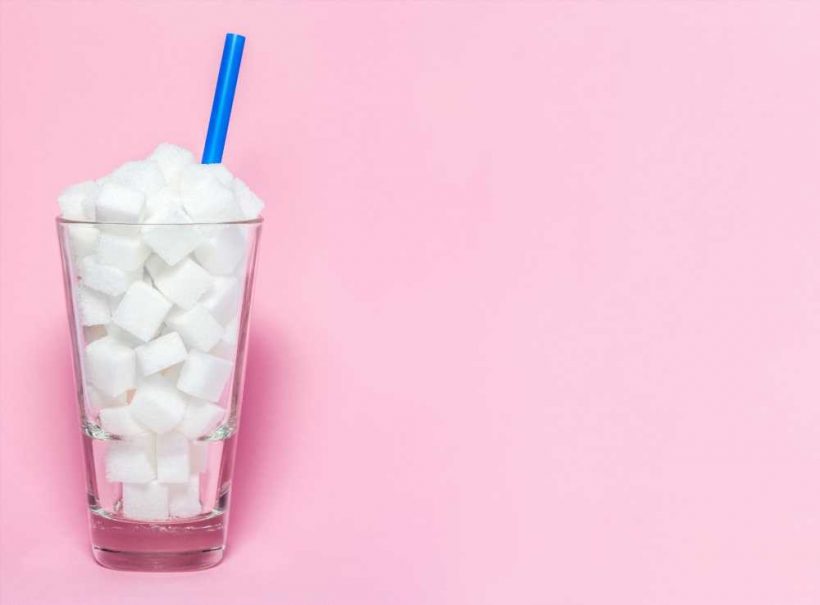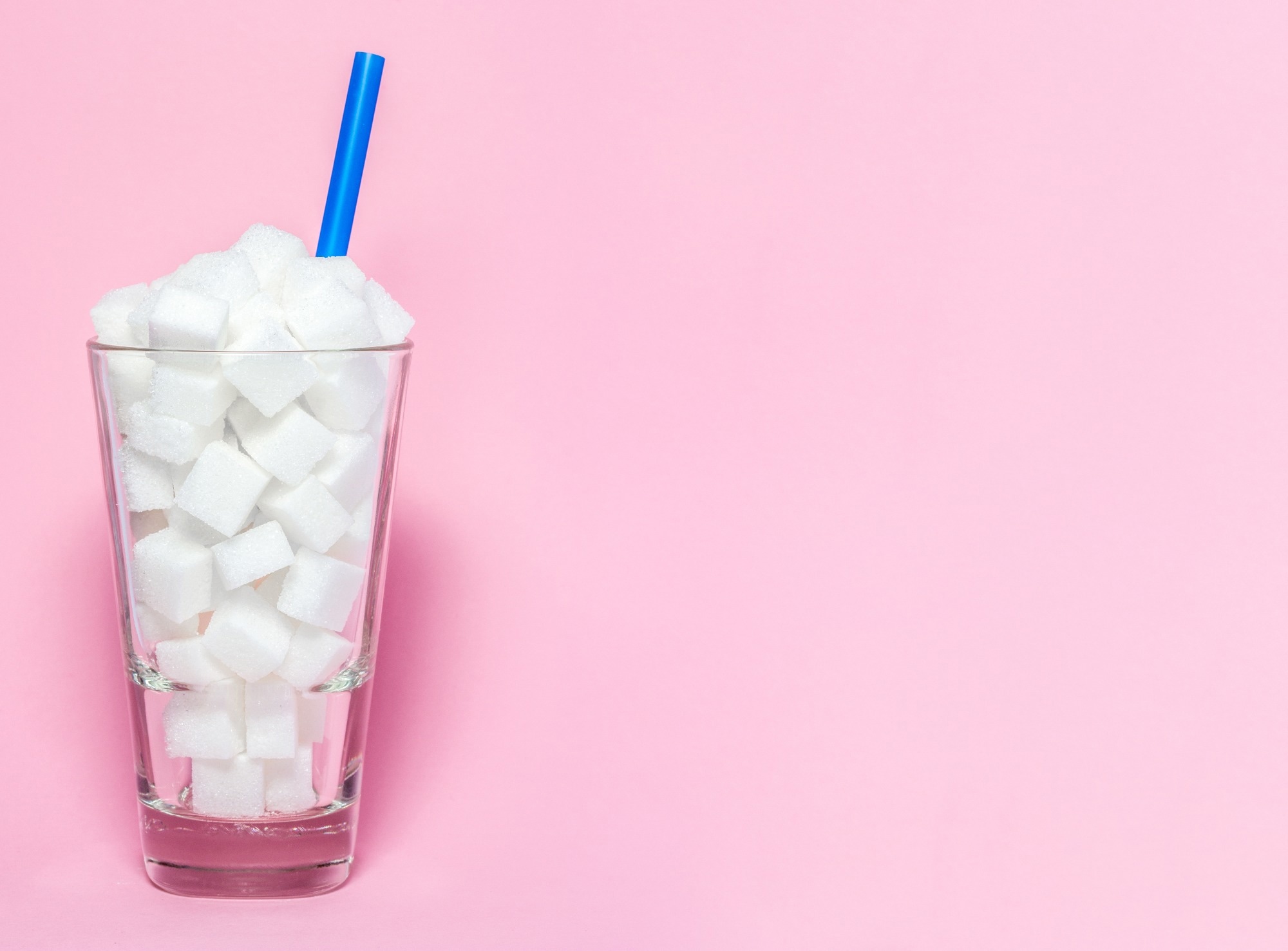
A public health problem: The global increase in sugar-sweetened beverage consumption
A recent study published in Nature Communications examined the consumption of sugar-sweetened beverages (SSB) among adults from 1990 to 2018 in 185 countries.
 Study: Sugar-sweetened beverage intakes among adults between 1990 and 2018 in 185 countries. Image Credit: Alexander Weickart/Shutterstock.com
Study: Sugar-sweetened beverage intakes among adults between 1990 and 2018 in 185 countries. Image Credit: Alexander Weickart/Shutterstock.com
Background
The study underscored the critical role of diet and beverage consumption in health outcomes, emphasizing that unhealthy dietary habits contribute to conditions such as obesity, malnutrition, cardiovascular disease, cancer, and diabetes.
SSBs have been linked to these health issues, but a lack of national estimates on SSB consumption has hindered effective interventions and targeted population groups in need.
About the study
This study analyzed SSB intake trends in adults aged 20 and above across 185 countries for 1990, 2005, and 2018. Data was sourced from the Global Dietary Database (GDD), which provided subnational stratification based on factors like age, education, sex, and urban or rural residence.
SSBs were defined by their caloric content, including soft drinks, fruit drinks, energy drinks, lemonade, punch, and aguas frescas. They excluded non-caloric artificially sweetened beverages, 100% fruit and vegetable juices, and sweetened milk.
Study findings
The research has significant implications for public health policies and interventions, given the adverse effects of high SSB consumption, such as cardiovascular disease, diabetes, dental problems, and cancer.
The study's findings can inform guidelines, interventions, and policies to limit SSB intake within recommended limits, including measures like warning labels, taxes, nutrition education, and marketing standards.
The global consumption of SSBs increased by 16% from 1990 to 2018, with a slowdown in the rate of increase between 2005 and 2018. Notably, there were regional variations, with Sub-Saharan Africa experiencing the largest increase (41%) between 2005 and 2018, while Latin America/Caribbean and high-income countries showed decreasing trends from 1990 to 2018.
Age, gender, and urban/rural residence played roles in SSB consumption trends. Younger adults in specific regions were identified as higher consumers of SSBs.
Rural areas in certain regions had higher SSB intake than urban areas, while education level and socioeconomic status influenced consumption patterns in diverse ways.
The study also revealed a correlation between sociodemographic development index (SDI) and SSB intake, indicating disparities in SSB consumption at the national level.
Conclusions
This study's findings highlight a global increase in SSB consumption, with specific vulnerable subgroups, such as younger adults and those with lower education levels, identified as having higher intake.
Addressing these disparities through targeted policies and interventions is crucial in reducing the global burden of health issues associated with SSB consumption.
The study provides a foundation for future analyses and policy formulation to address SSB-related health challenges.
-
Micha, R. et al. (2023) Sugar-sweetened beverage intakes among adults between 1990 and 2018 in 185 countries. Nature Communications, 14(1), pp.1-19. doi:https://doi.org/10.1038/s41467-023-41269-8. https://www.nature.com/articles/s41467-023-41269-8
Posted in: Miscellaneous News
Tags: Cancer, Cardiovascular Disease, Diabetes, Diet, Education, Fruit, Malnutrition, Nutrition, Obesity, Public Health, Research, Soft Drinks

Written by
Dr. Priyom Bose
Priyom holds a Ph.D. in Plant Biology and Biotechnology from the University of Madras, India. She is an active researcher and an experienced science writer. Priyom has also co-authored several original research articles that have been published in reputed peer-reviewed journals. She is also an avid reader and an amateur photographer.